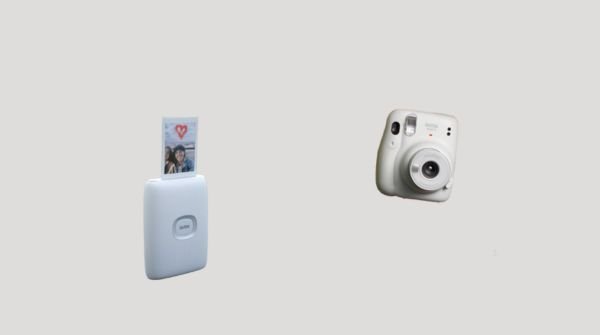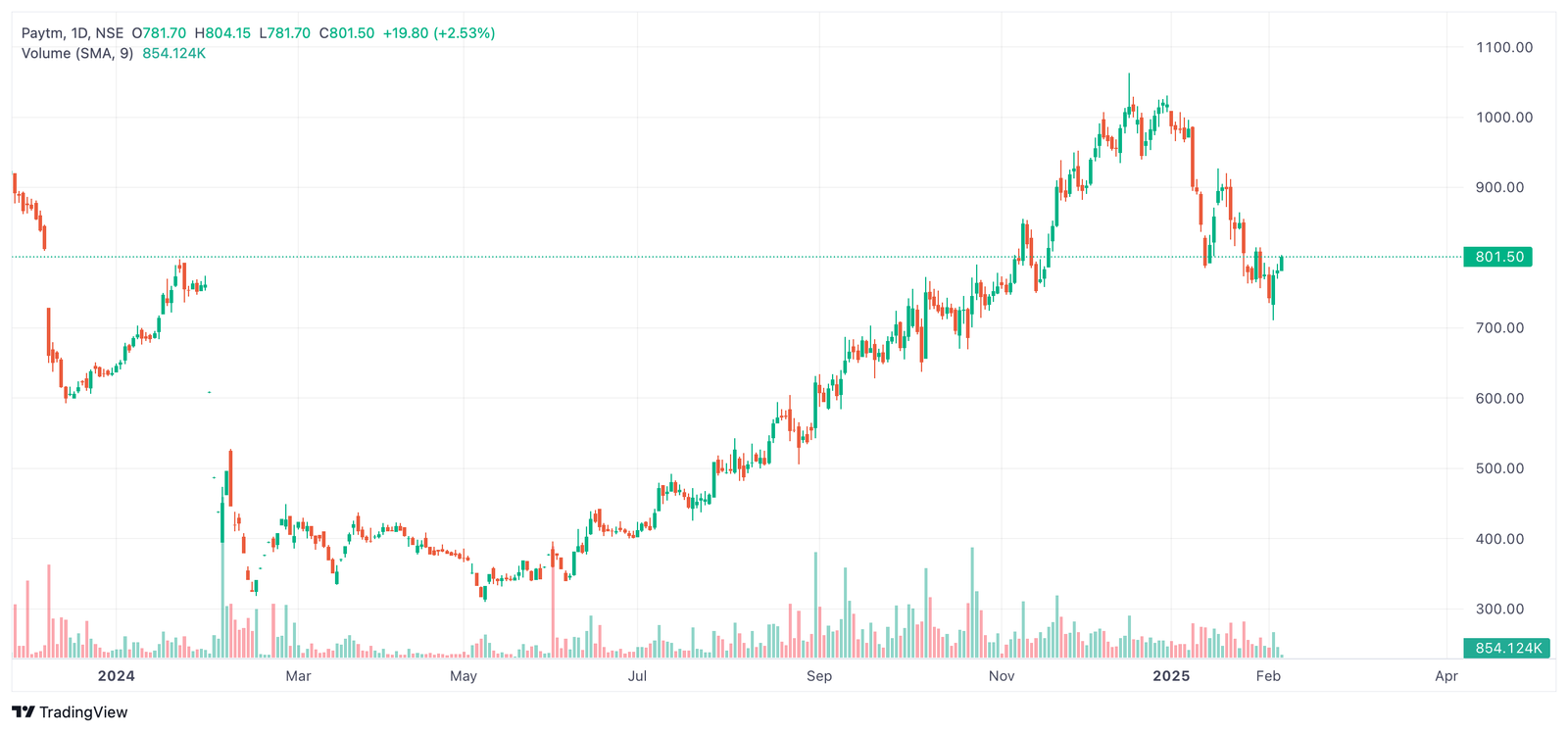Instant cameras are incredibly useful tools to snap pictures in a second and have them printed immediately. While these mini cameras have been an on-and-off trend, they have a rich history of creation. These cameras were invented by Edwin H. Land, the first person who made instant cameras commercially available even though Samuel Shlafrock was the one who invented the first instant camera in 1923. Discover more about how instant cameras came to be and the history behind them in the following sections.
Edwin Land and the Instant Camera Filters
Edwin Land always had an obsession with experimenting and dismantling technology. He was known for his eccentricity throughout his life and for leading research marathons. He was a perfect blend of madness and genius that led him to study physics at the prestigious Harvard University. But he dropped out in his freshman year to pursue optics. During this time, he created inexpensive filters for polarising light that were used for instant cameras
A few years later, he met with George Wheelwright III, his Harvard physics professor, to work on commercialising his technology. This goal led to the creation of the joint venture of the Land-Wheelwright Laboratories. The laboratory found some success with polarising filters used in photography. More funding from Wall Street investors led to the lab’s expansion, which provided room for further developments.
Invention of Instant Photography
Land was on a vacation in Santa Fe in 1943 when he took a picture of Jennifer, his daughter. She was three years old, and she asked her father why she could not see the picture right away. During then, photographs had to be developed professionally, and it took several days to do so. So, his daughter’s statement made Edwin Land think about instant photography and the tool that will make it possible.
Land’s idea of instant photography changed the traditional film process. His system needed a new kind of film and camera. He envisioned a system that compresses some aspects of traditional photography into a single unit. This system would also process the image in under a minute. So, Land’s film unit contained both a positive receiving sheet and a negative film. They were connected by a reservoir with some chemical reagents that began and halted the film development in the earlier versions of an instant camera.
The reservoir or the pot was contained within the film unit. It made the image appear dry to the photographer even though it used liquid developers. When the film was released in these instant cameras, a pair of rollers at the tool’s mouth would bite the pot. It would erupt and make the reagent apply evenly across the film. It would coat the complete image area, and the chemicals in the reagent took the silver halide on the negative and released it on top of the film unit. This produced the final image that appears instantly through a mini camera.
Despite such a detailed process, the initial prototypes of the camera faced a lot of difficulties between 1943 and 1946. When those difficulties were resolved, the mini cameras were commercially mass-produced.
Conclusion
The instant cameras that Edwin Land created all those years ago have now been improved and altered beyond measure. But, as a 21st-century photographer, having an instant camera may not be enough. You could also get a portable mini printer that will help print out any image or idea instantly. The printers come with several filters and features that let you create your prints with your personalised touch. You can also add text and doodles to your images. The printer and an instant camera are a fun way to immortalise memories.






